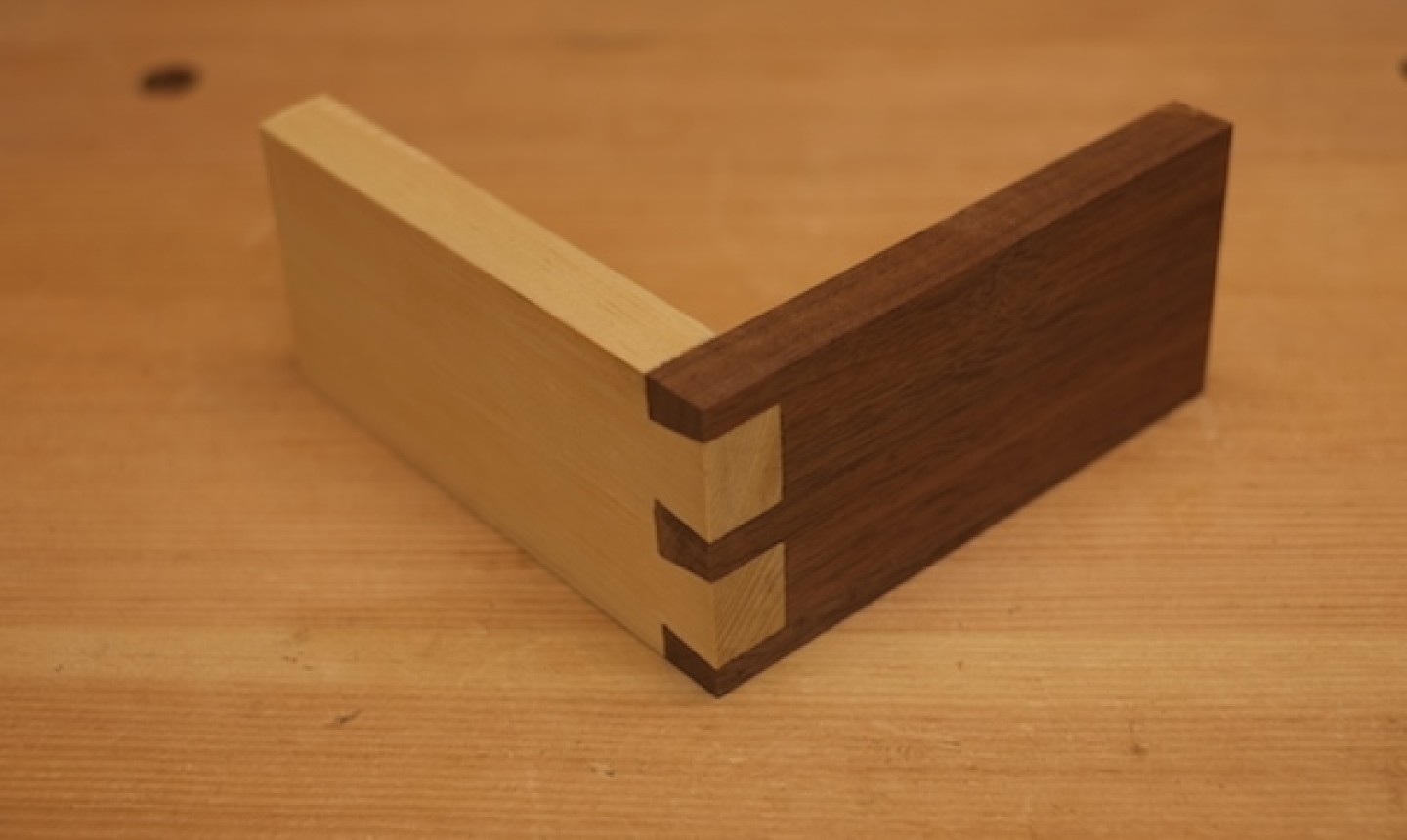
The way two pieces of wood fit together is a thing of beauty — and a great way to spot a quality piece of furniture. So nailing dovetail joints is a must when you’re looking to up your woodworking game.
Precision is the name of the game here, and the right tools make all the difference between a bummer project and a win.
1. Markers
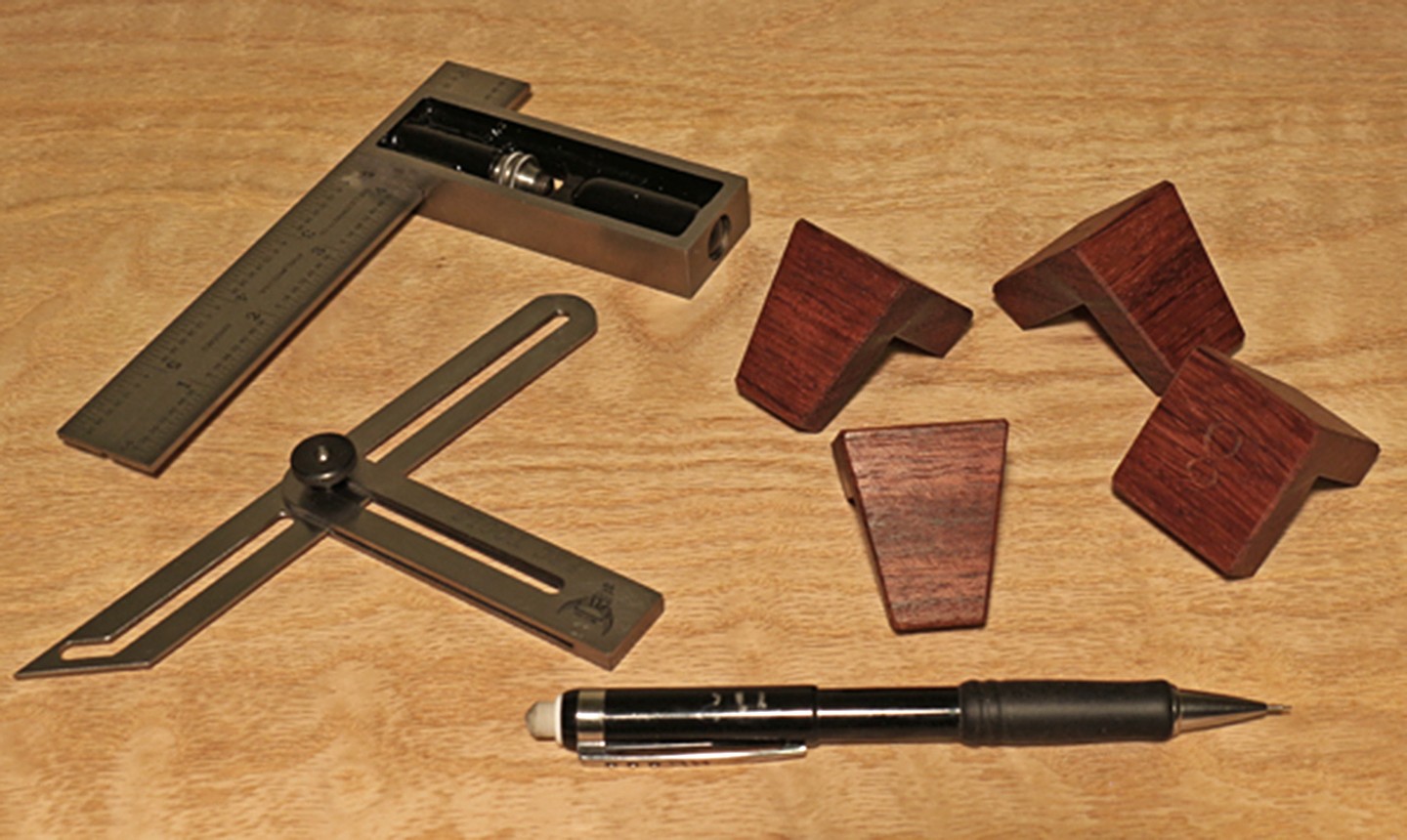
Sure, you can use a sliding T bevel to mark out tails. But it’s much less accurate and waaayyy more cumbersome than using four dedicated markers that you can easily buy. Make sure they have slope ratios of 1:8, 1:7, 1:6 and 1:5. This lets you make a square line across the end of the board and the slope line on the side of the board at the same time. Use a 0.5mm lead pencil to mark your lines.
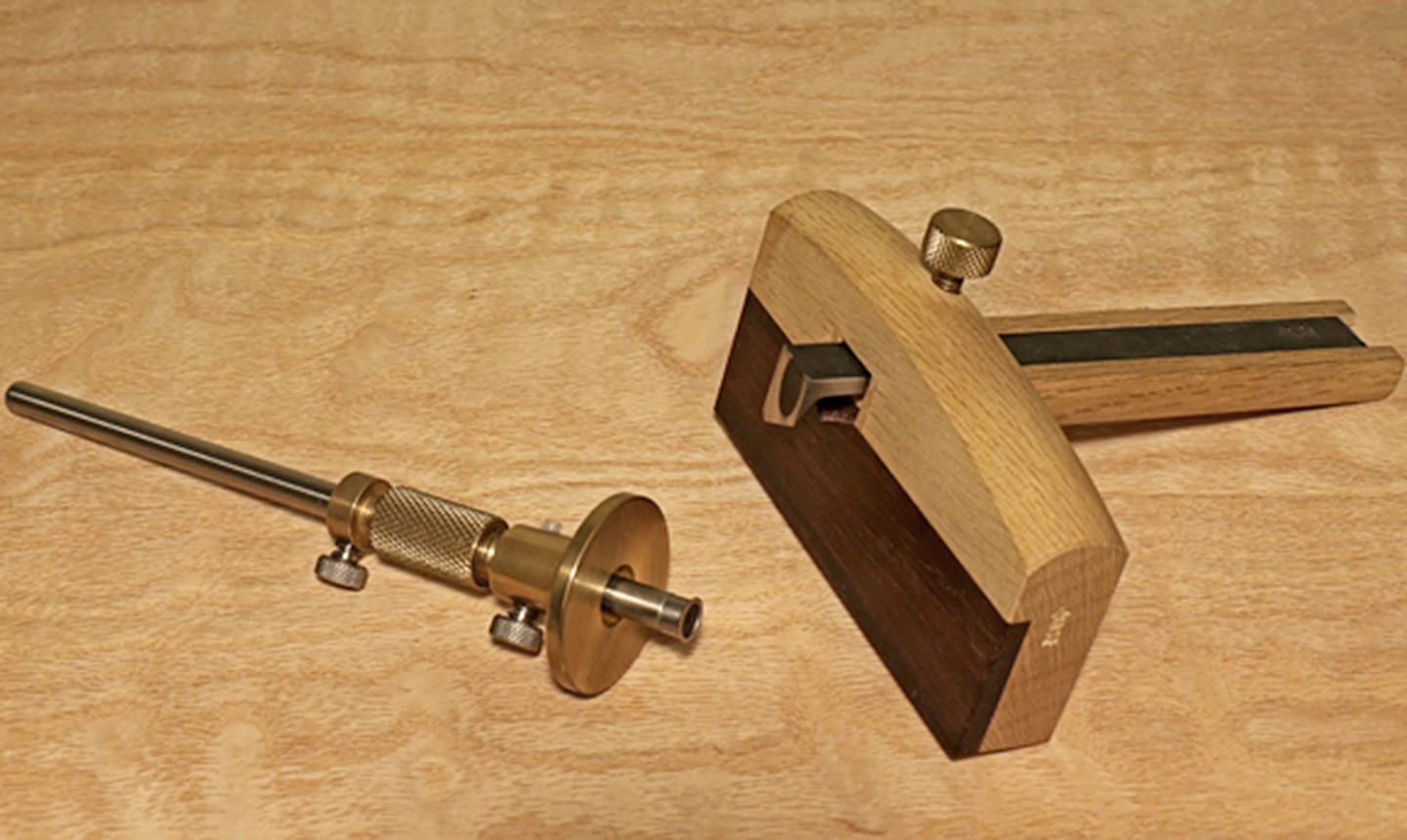
You’ll also need a marking gauge to cut the cross-grain baselines. You can use a popular wheel knife gauge (left) or a Japanese model (right). Each one has two key features that help you create accurate joints: first, each has a knife edge (a must for cutting the gauge line). Second, the knife edge is at the end of the stem where you can see it as it cuts the wood. That way you won’t worry where the line is or how deep you’re cutting.
But whatever you do, don’t use a single point marking gauge. That makes for fuzzy, torn lines — the last thing you need for making clean dovetail joints.
2. Saws
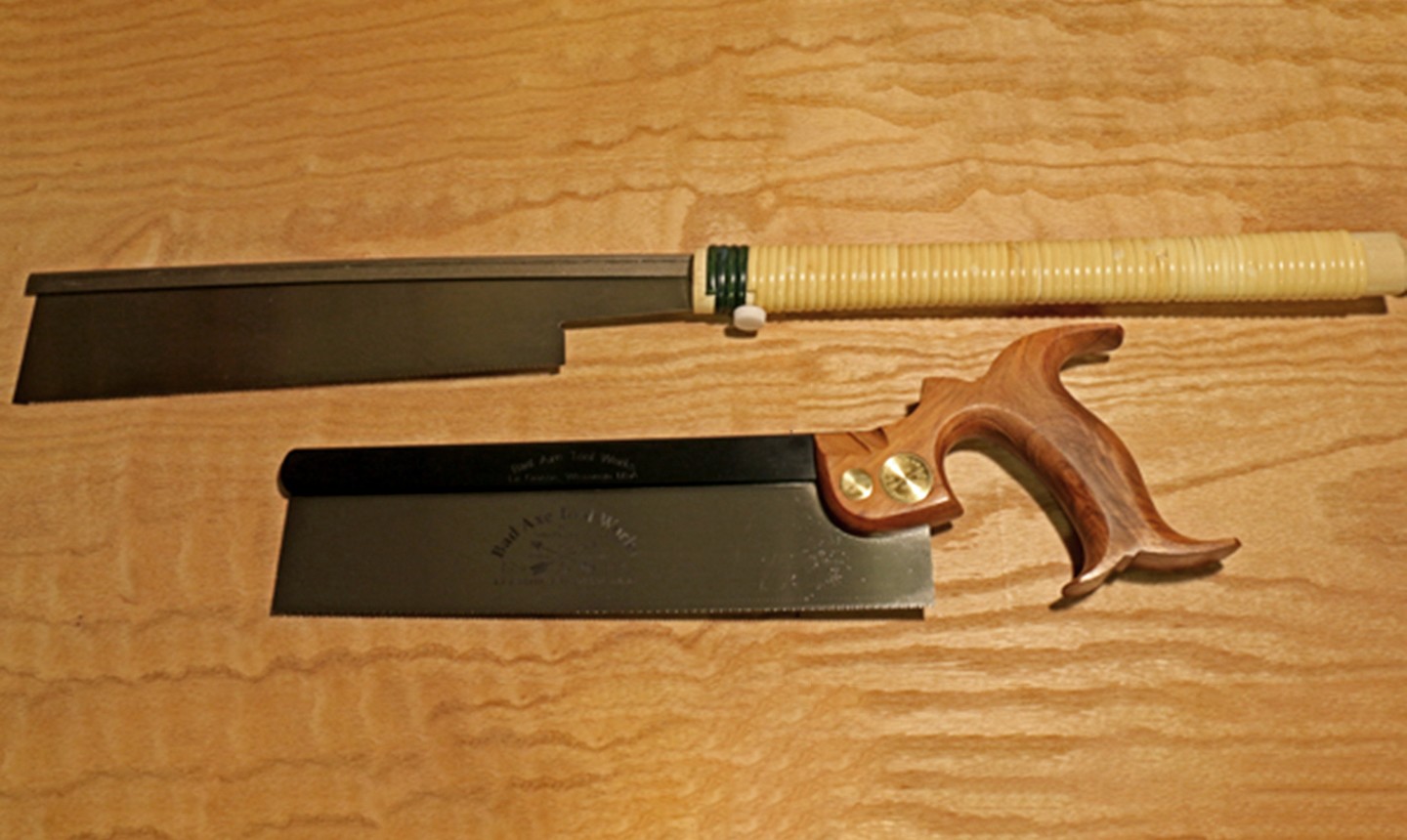
You need a saw with rip teeth for dovetail work. This means the cutting edges of the teeth are approximately perpendicular to the length of the saw.
Two saws that do the trick are a Japanese dozuki (top) and a Western backsaw. Don’t use a crosscut Japanese dozuki saw, which will slow you down and mess up your joints, too.
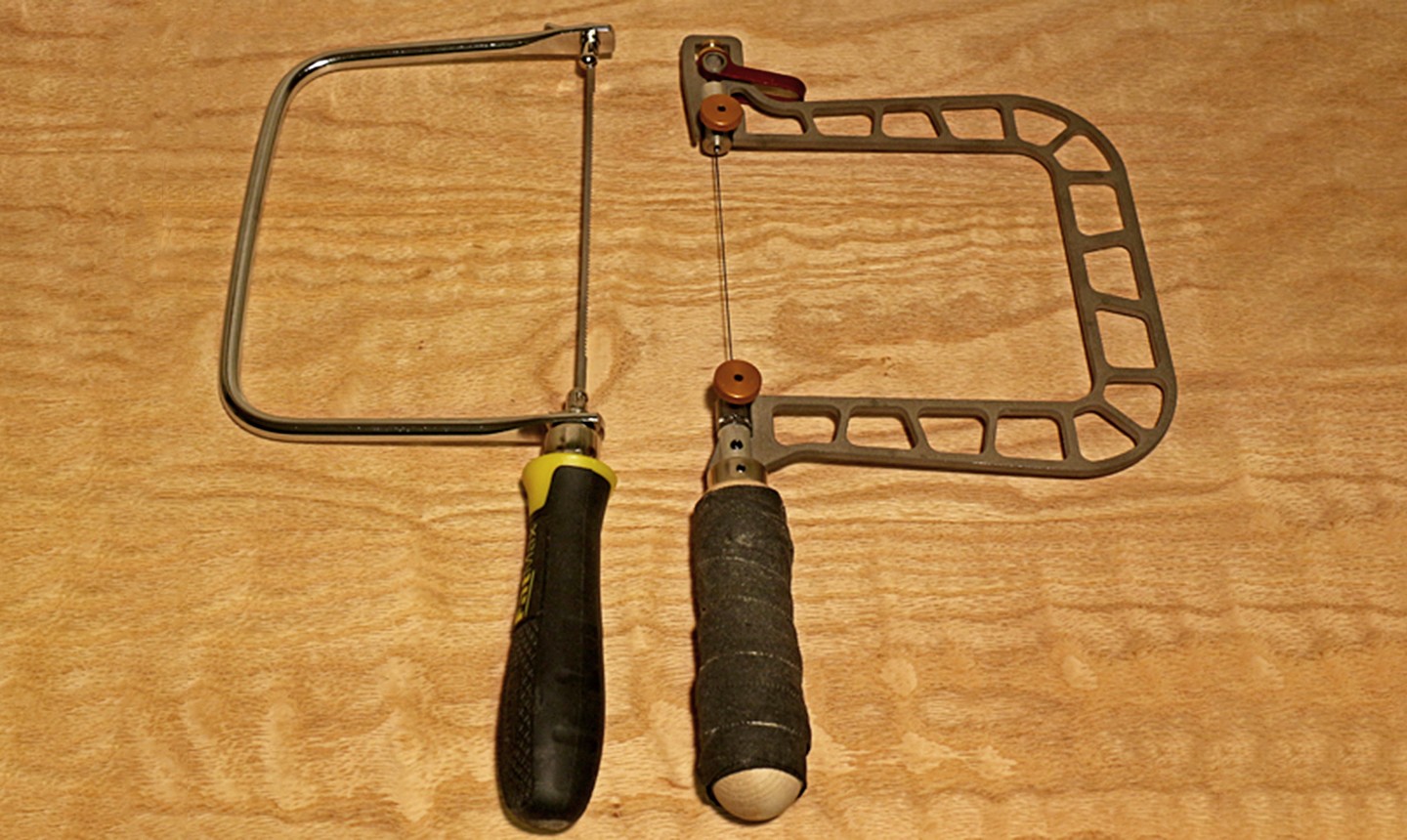
A coping saw (left) is great for removing wood waste , which you might want to do before chiseling to the baseline. Or use a high- quality fret saw. The thin blade fits smoothly in the kerf (or cut) and you can turn it to saw horizontally in one easy move.
3. Chisels
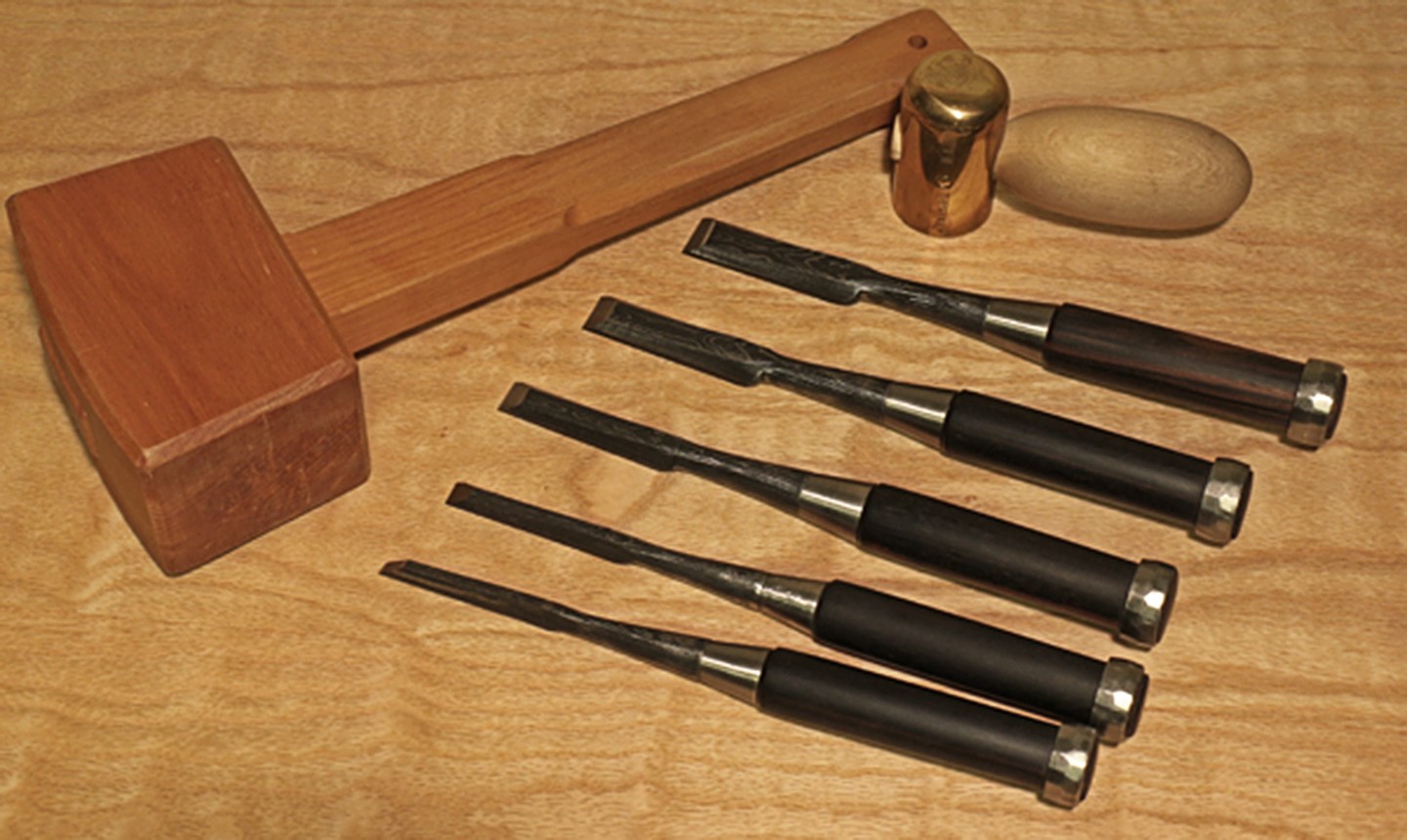
Of course, you’ll need a set of chisels and a mallet. Go for the classic joiner’s mallet or a small 14-ounce brass mallet that packs a strong punch. You can get a basic chisel set in ¼”, ⅜”, ½”, and ¾” sizes.
When choosing smaller chisels, pay close attention to the sides. You want them to clear the sides of the tails as you chop, so avoid chisels with tall, square sides because they’ll hack into the tails as you clear the shavings between them. Instead, consider a Japanese chisel that has sides beveled at 12-15 degrees. Western chisels that have a very thin square land below the main side bevel also work well.
4. Knives
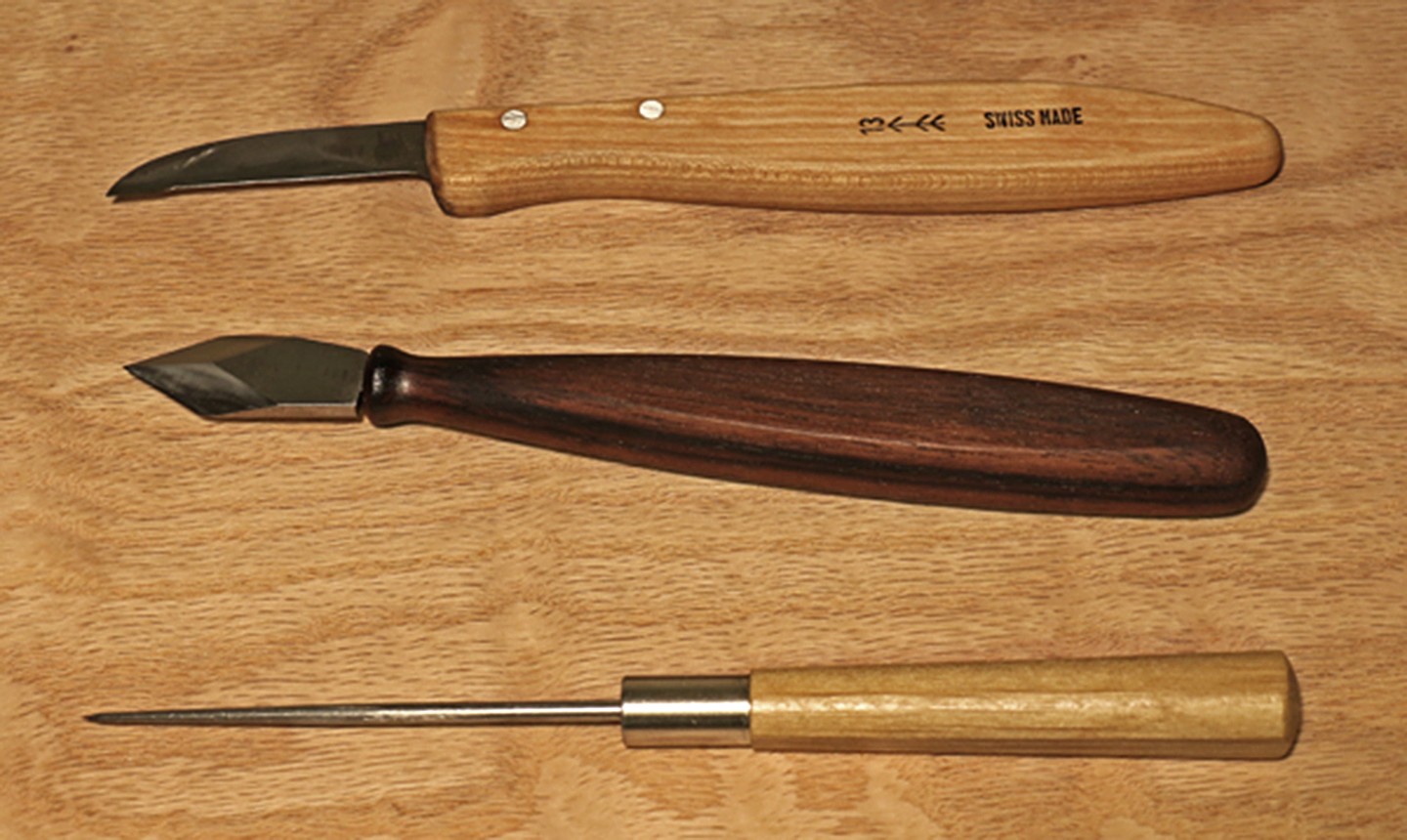
Marking out the pins from the tails is super important for making dovetail joints. To do this, many woodworkers use a thin single-bevel knife, such as the V-point knife (the middle one above). If you’re working on fine-pore woods like pear wood, where it’s easy to see the knife line, use a chip carving knife (top) and sharpen it to a single broad bevel on each side. For other woods, you can use a simple point scriber (bottom).
You’ll want to splurge (at least as much as your budget allows) on the highest-quality saws and chisels you can. They’ll really make the difference. Another nice-to-have piece of equipment is a well-tuned table saw equipped with an excellent miter gauge or crosscut sled. Don’t have one in your woodworking studio? A shooting board works just as well if you need to tweak adjustments.
With the right tools, making dovetail joints is a whole lot easier!
Nice artical
I understand that Rob Porcaro wrote a complete guide for cutting dovetails for Crafts and the article above was one segment. Is there anyway to get the complete guide? Thank you Drew Ferguson
That's really nice. I appreciate your skills. Thanks for sharing.